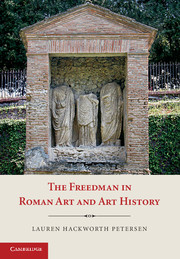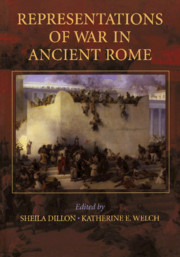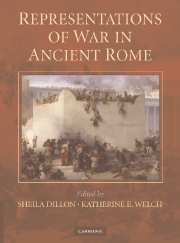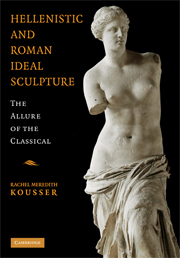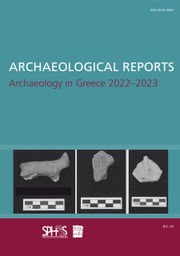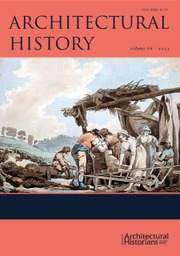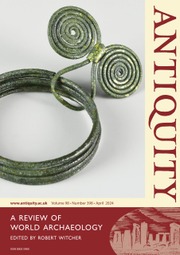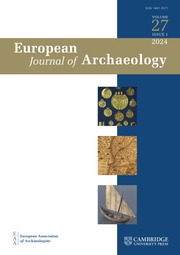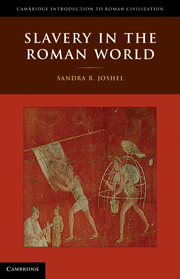The Material Life of Roman Slaves
The Material Life of Roman Slaves is a major contribution to scholarly debates on the archaeology of Roman slavery. Rather than regarding slaves as irretrievable in archaeological remains, the book takes the archaeological record as a key form of evidence for reconstructing slaves' lives and experiences. Interweaving literature, law, and material evidence, the book searches for ways to see slaves in the various contexts - to make them visible where evidence tells us they were in fact present. Part of this project involves understanding how slaves seem irretrievable in the archaeological record and how they are often actively, if unwittingly, left out of guidebooks and scholarly literature. Individual chapters explore the dichotomy between visibility and invisibility and between appearance and disappearance in four physical and social locations - urban houses, city streets and neighborhoods, workshops, and villas.
- Provides a new interdisciplinary approach that opens up new ways of looking at important sites - Pompeii, the villas around the Bay of Naples, and Ostia
- Richly illustrated with sixteen color plates and one hundred and seventy halftones
- Appropriate for a range of readers, from undergraduate students to researchers
Reviews & endorsements
'The object of this fascinating book is to render visible Roman slaves in the remains of the Campanian cities and villas destroyed in 79 AD by the eruption of Mt Vesuvius … The possibilities raised are of great importance, and in its legitimate concern to evoke the day-to-day realities of life in slavery [this] book is to be warmly applauded … The challenge of recovering a history of slavery from archaeological evidence has been laid down, and it is in this that the book's special value lies.' Classical World
'The Material Life of Roman Slaves complements and enriches a growing body of scholarship on the physical conditions and material remains of Roman slavery, but it also represents a logical continuation of the research agenda of both authors. Their collaboration on the present book represents a model of scholarly teamwork that bridges disciplinary divides and reconciles discrete classes of evidence. The result is not simply a new study of Roman slaves in their ancient physical setting but a compelling proposal for reading strategies that overcome historical silence. The attempt to address the deficiencies of the available evidence pushes the main argument into controversial territory, but even so this book will undoubtedly become an obligatory point of reference for any future work on Roman slaves and other historically mute populations.' American Journal of Archaeology
'The book is not only a highly welcome contribution to the archaeology of Roman slavery - a still underrepresented field of research - but also an original and innovative study in the field of cultural geography and cultural theory.' Andrea Binsfeld, Bryn Mawr Classical Review
'The great merit of this study is to restore to us, at least in part, the eyes of a manager of slaves, to give us a sense of the uneasy relationship between the citizens of Campania and their workforce … The book is magnificently produced: there are copious plans and photographs, many taken by the authors, closely married to the text.' Christopher Tanfield, Classics for All
Product details
August 2014Adobe eBook Reader
9781139989077
0 pages
0kg
170 b/w illus. 16 colour illus.
This ISBN is for an eBook version which is distributed on our behalf by a third party.
Table of Contents
- 1. Introduction
- 2. Slaves in the house
- 3. Slaves in the city/streets
- 4. Slaves in the workshop
- 5. Slaves in the villa
- 6. Conclusion: the material remains of Roman slaves.


